VOF Multiphase Model Training Course, ANSYS Fluent
Original price was: $280.00.$199.00Current price is: $199.00. Student Discount
Lesson 1: Concepts
Lesson 2: Example 1
Lesson 3: Example 2
Click on Add To Cart and obtain the Geometry file, Mesh file, and a Comprehensive ANSYS Fluent Training Video.To Order Your Project or benefit from a CFD consultation, contact our experts via email ([email protected]), online support tab, or WhatsApp at +44 7443 197273.
There are some Free Products to check our service quality.
If you want the training video in another language instead of English, ask it via [email protected] after you buy the product.
Description
VOF Multiphase Model Training Course
The Volume of Fluid (VOF) multiphase model is a numerical technique used to simulate the behavior of two or more immiscible fluids. It is based on the conservation of mass and momentum of each phase. This is used to manufacture a wide range of multiphase flows, such as bubbly, dispersed, and stratified flows.
The VOF model is capable of accurately capturing the interface between the two phases and can be used to simulate the motion of the interface, as well as the interaction between the two phases. The model can also capture the effects of surface tension, which is essential for simulating the behavior of droplets and bubbles.
The VOF model is widely used in a variety of engineering applications, such as the simulation of fuel injection systems, the design of cooling systems, and the analysis of multiphase flows in chemical reactors.
There are various CFD methods to employ this model. One of the most renowned methods is the Finite volume method implemented in ANSYS Fluent. Here in VOF Multiphase Model Training Course, these methods are going to be introduced.
ANSYS Fluent is a powerful tool that can simulate VOF-based multiphase flows. The implemented options and existing capabilities of this software can predict even the slightest fluctuations in the interface between phases.
Training Course Syllabus
This course contains video lessons and final projects to get a certificate after finishing the course.
Lesson 1: Introduction to the VOF model and its applications
In this lesson, you will first see a general introduction to the VOF Multiphase model and an overview of available simulation techniques and sub-models of the VOF in ANSYS Fluent. This section contains the following subsections:
- VOF applications & applicability
- VOF general settings
- Implicit vs. Explicit formulations
- Available discretization methods
- Body force formulation
- Open channel BC
- Interface modeling
- Level set method
- Surface tension modeling
- Mass transfer mechanisms
Lesson 2: Microfluidic Droplet Generator
In this lesson, we present a simple, practical example for you. This problem examines the effect of surface tension on flow formation. Namely, we aim to simulate a real-life situation of microfluidic droplet generators.
They are devices used in the biomedical engineering field for quantifying the volume of fluid into micrometer-sized spherical droplets for different types of analyses. You can see how the definition of surface tension will cause a phase to take up a completely different form from its initial state.
Lesson 3: Sub-Oceanic Volcanic Activity
In this lesson, we present a different example from the previous example. This time we are focusing on an immense scale of fluid domains. We will consider a large fluid in which multiple sub-oceanic volcanic mountains are placed.
The scenario is that the water adjacent to these mountains will reach a boiling state and evaporate due to the volcanic activity of the sub-oceanic mountains. The formed vapor bubbles will then reach the surface of the water where the wavy surface will be disrupted due to the motion of vapor bubbles, rupturing the interface of air and water.
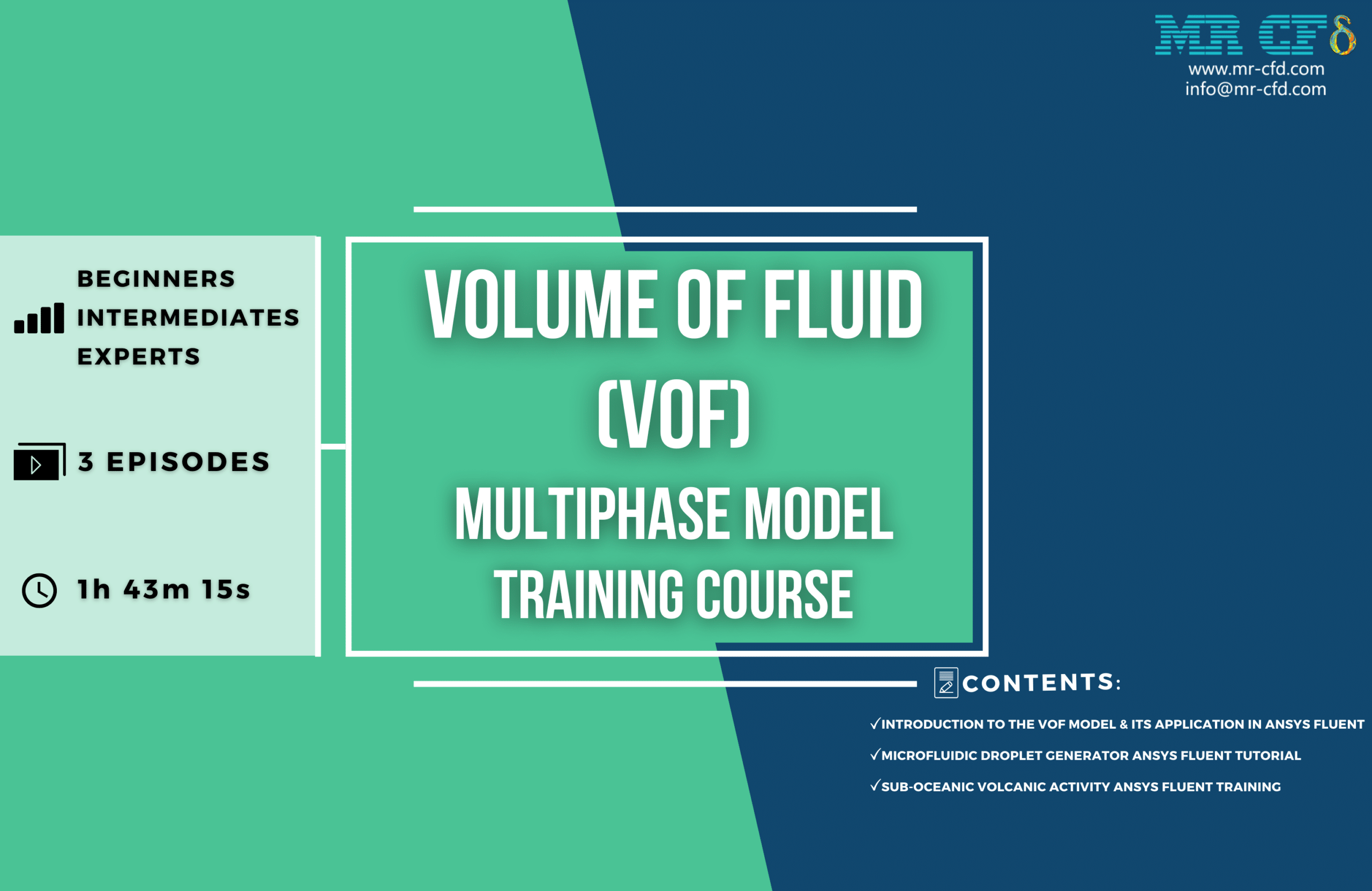
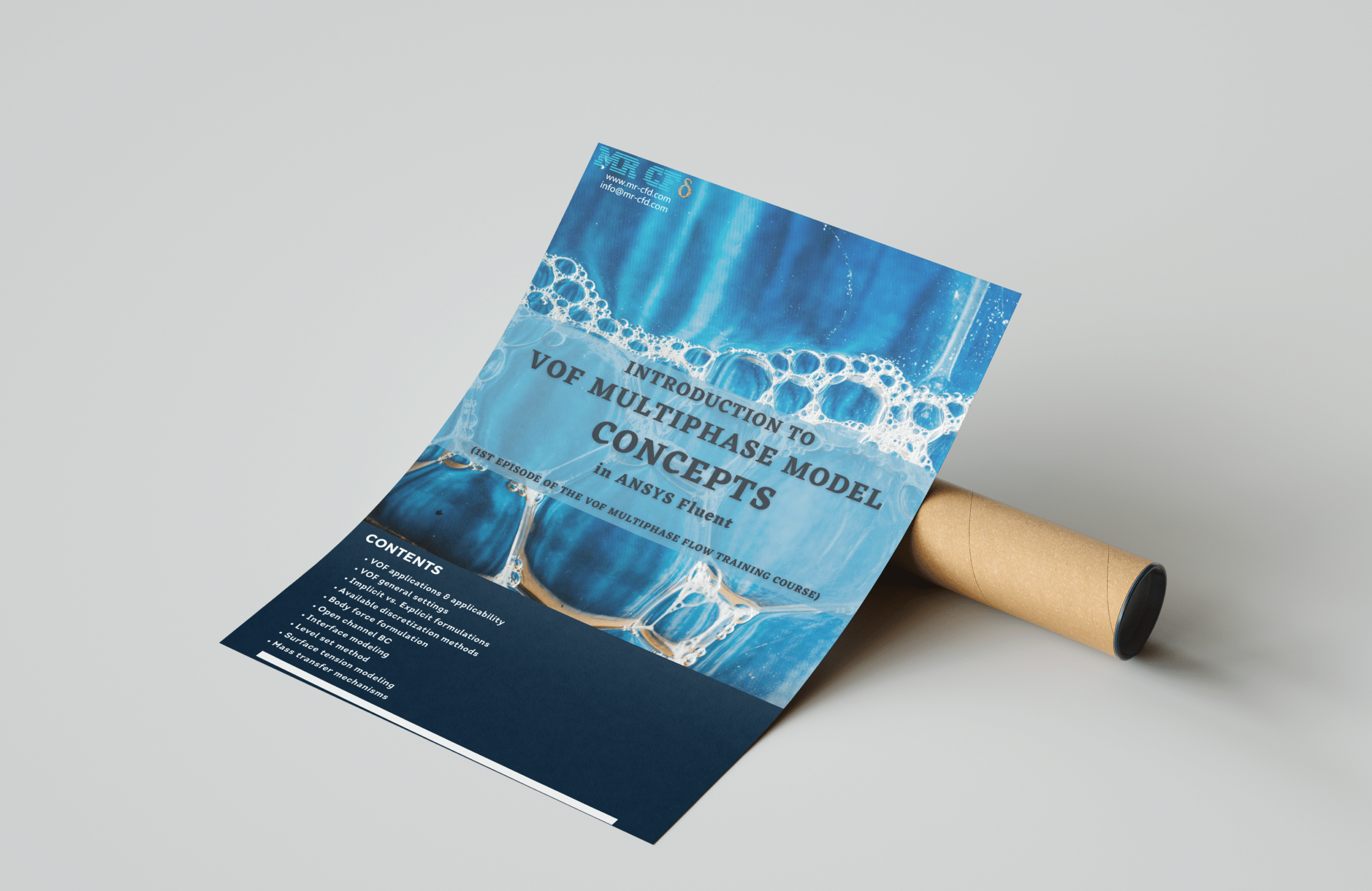
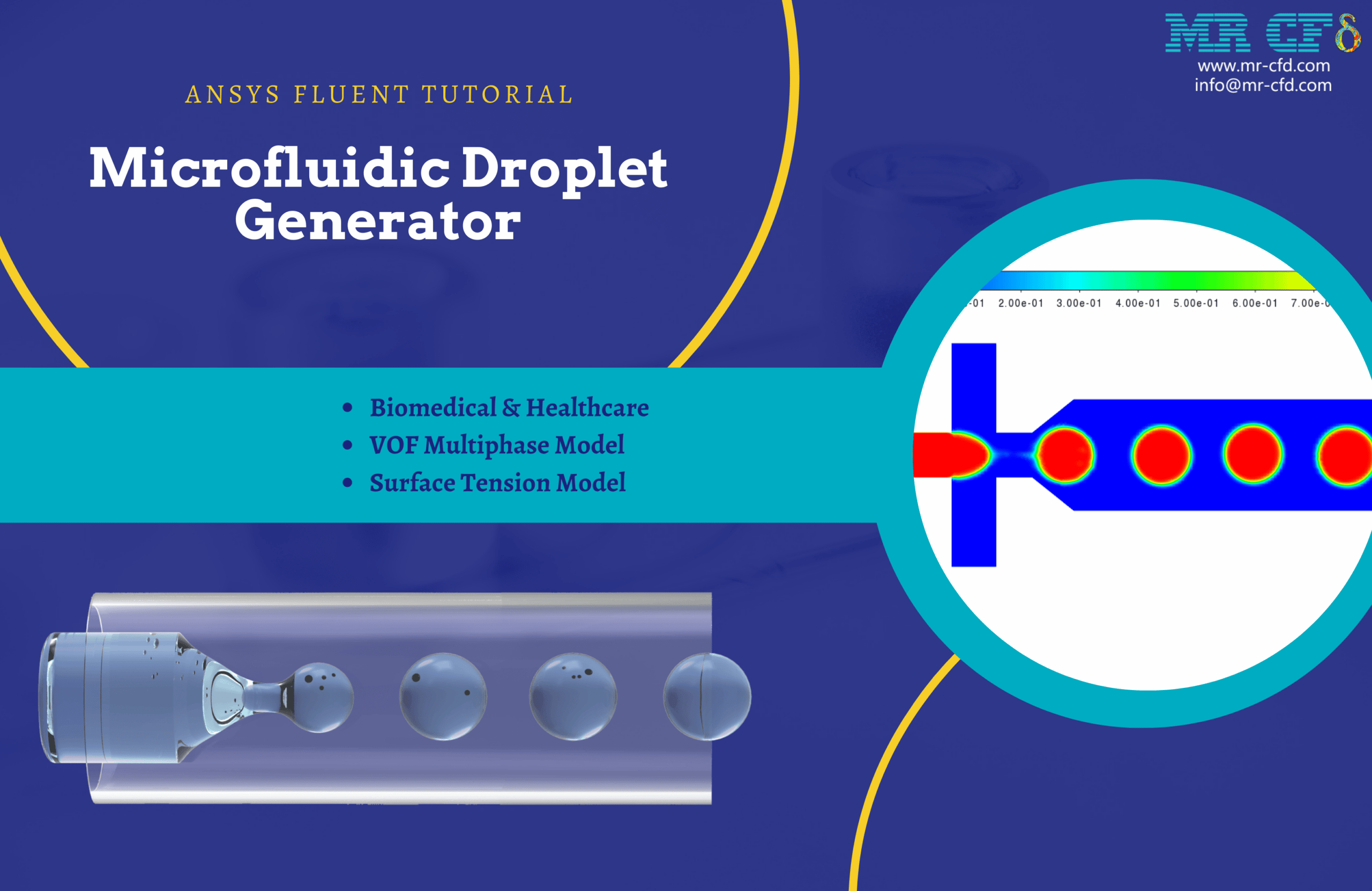
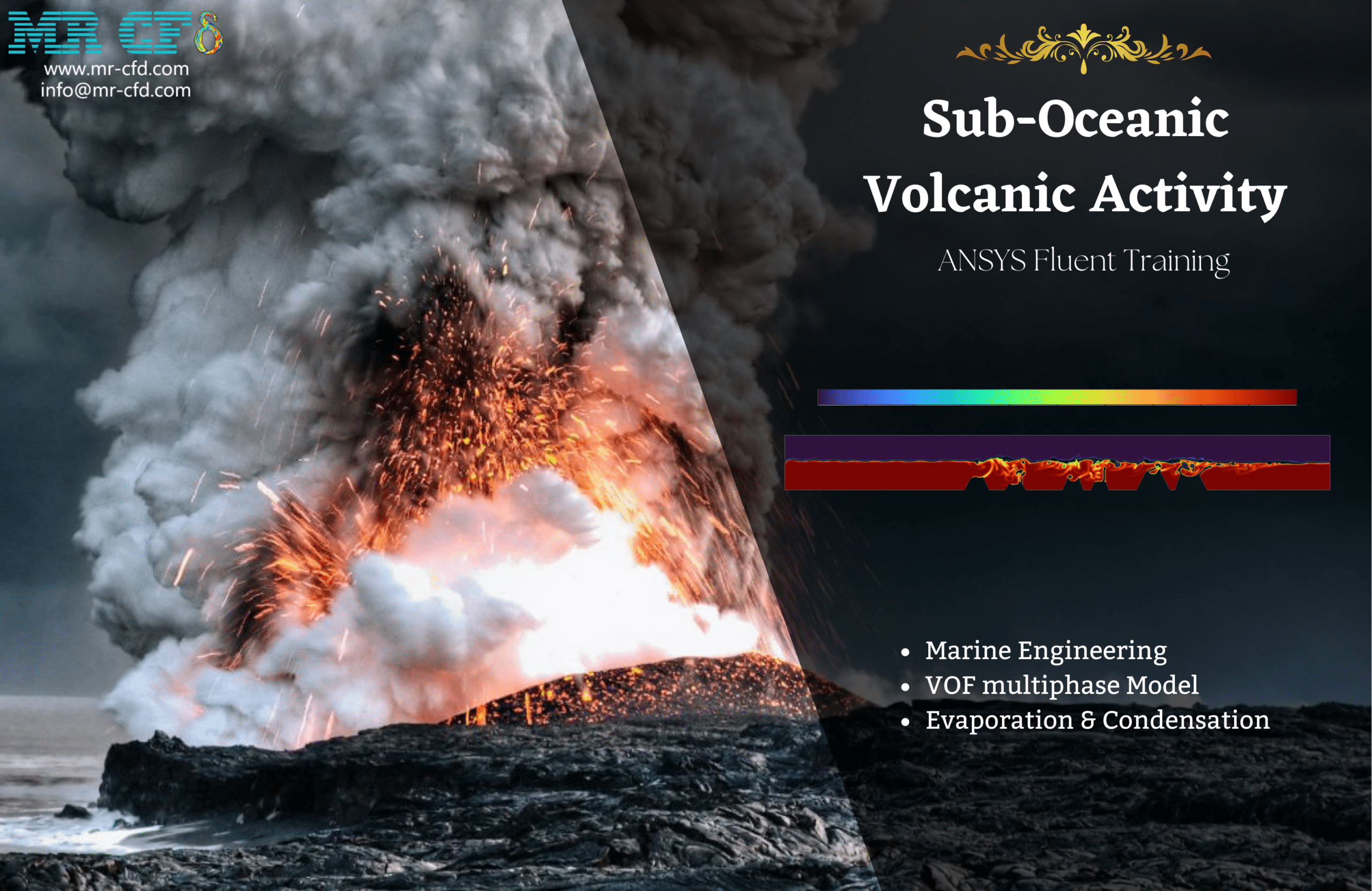
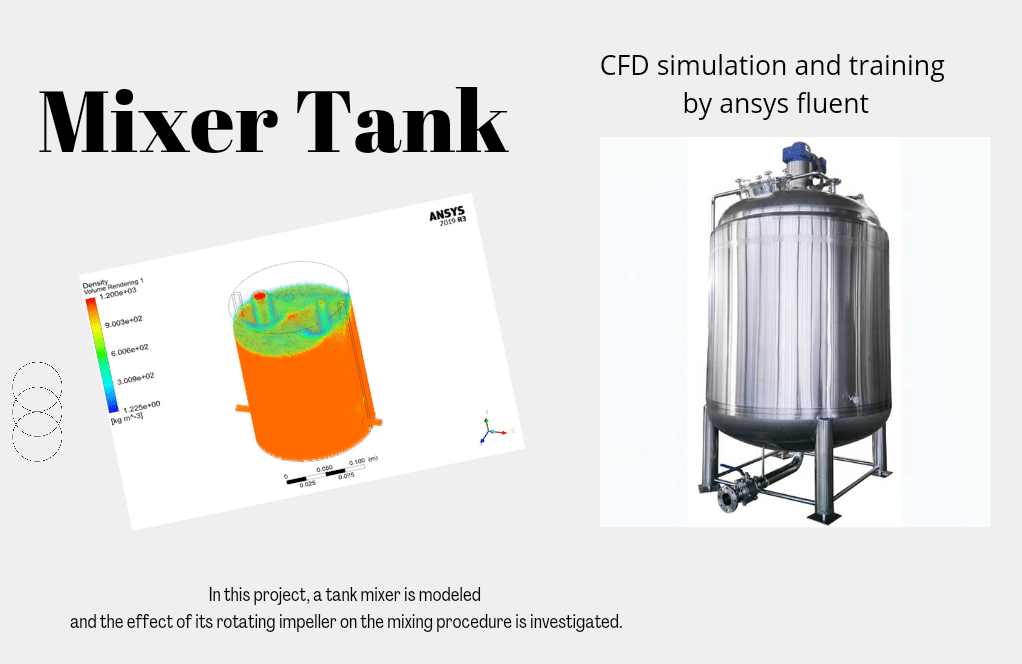

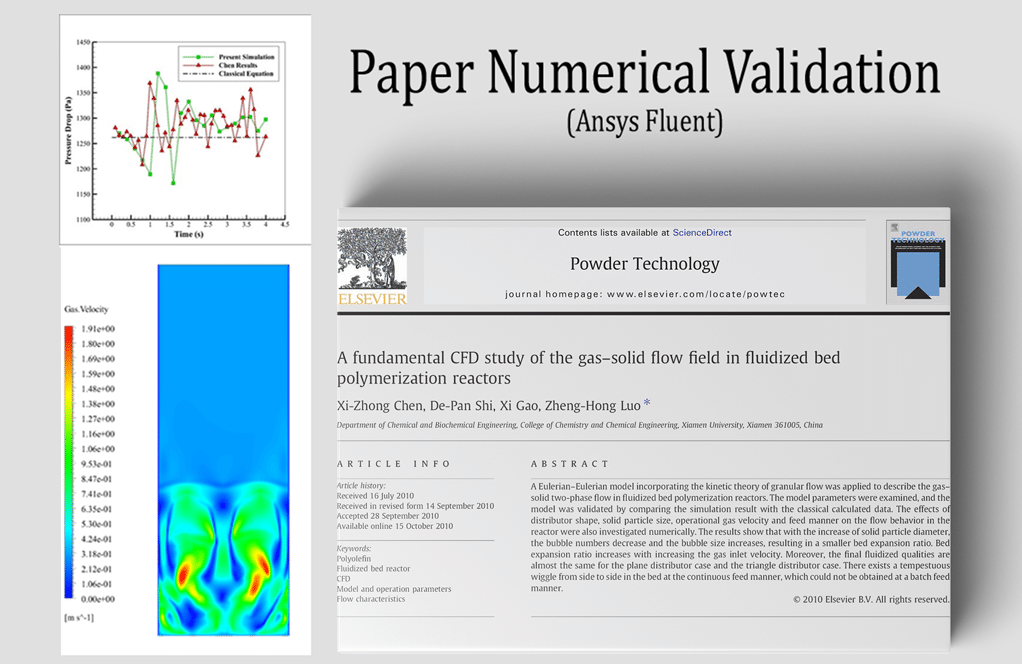
Dr. Emma Jones IV –
I finished the VOF training course recently and it was instrumental in my understanding of simulating multiphase flows. I really benefited from the practical examples, which gave me insight into different scales and applications. The lessons on the surface tension modeling and mass transfer mechanisms were particularly insightful. Much appreciation to the MR CFD team for such a robust and engaging course.
MR CFD Support –
Thank you for your positive review of the VOF Multiphase Model Training Course. We’re thrilled to hear that the practical examples enhanced your understanding and that you found the surface tension and mass transfer mechanisms sections to be particularly beneficial. The MR CFD team is committed to providing comprehensive and practical learning experiences, and your feedback validates our efforts. If you ever have more questions or need further assistance with your CFD ventures, please don’t hesitate to reach out. Happy simulating!
Orville Thompson –
I just completed the VOF Multiphase Model Training Course, and I’m impressed with the range of topics it covered. From learning about the general setup for VOF applications to the specific cases like the Sub-Oceanic Volcanic Activity simulation, this course has significantly enhanced my understanding of multiphase flow modeling. The lessons were informative, and the visual aids helped illustrate the concepts clearly. I’m particularly enthusiastic about the practical approach the course took, allowing me to see how these theories translate into real-world applications. Great material for anyone looking to dive into CFD multiphase simulation!
MR CFD Support –
Thank you for your positive feedback on the VOF Multiphase Model Training Course! We’re thrilled to hear that you found the course material informative and useful for practical applications. It’s always our goal to provide comprehensive and accessible learning resources for users like you. Congratulations on completing the course, and we wish you the best in applying your new knowledge to your future CFD projects!
Wilfred Langworth –
Just finished the VOF Multiphase Model Training Course from MR CFD, and I’m impressed with how detailed each lesson was. The example-driven lessons made complex concepts easier to understand.
MR CFD Support –
We sincerely thank you for your positive feedback! It’s fantastic to hear that you’ve found the lessons and examples to be helpful and informative. We strive to provide courses that not only explain complex concepts but also provide practical applications to enhance learning.
Helen Cronin –
Finished the entire VOF Multiphase Model course, outstanding content! The explanations are precise, and it made complex concepts much more accessible. Highly recommend!
MR CFD Support –
Thank you for your kind words! We’re delighted to hear that you found the course helpful and that it clarified the complex concepts for you. Your recommendation means a lot to us!
Leonard Stanton –
I loved how this course covered both microfluidics and large-scale applications. Could you provide more specifics on the final projects required for certification?
MR CFD Support –
Thank you for your kind words! The final projects for certification typically involve applying what you’ve learned to a specific problem statement. These projects may involve simulations such as microfluidic designs for biomedical applications or volcanic activity modeling in the ocean. The goal is to demonstrate proficiency in setting up and solving VOF multiphase models using ANSYS Fluent, interpreting results, and making informed decisions based on those results.
Prof. Abigale Haag –
Is it necessary to have a background in fluid mechanics to understand the VOF Multiphase Model Training Course, or is it suitable for beginners as well?
MR CFD Support –
While some familiarity with fluid mechanics concepts will certainly help in understanding the VOF Multiphase Model Training Course, the course is designed with step-by-step video lessons covering basic to advanced concepts. Therefore, it is suitable for beginners as well, as it will introduce them to VOF multiphase models used in ANSYS Fluent starting from the basics.